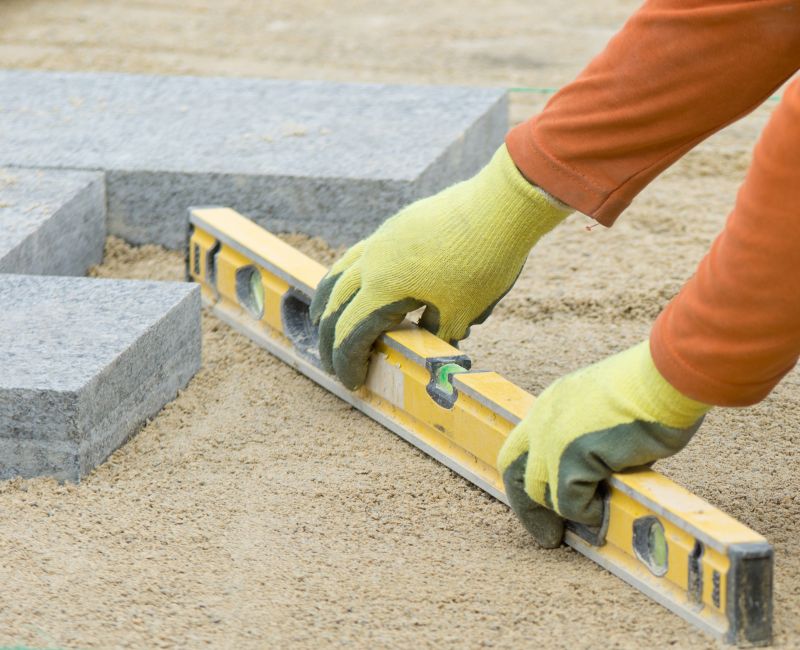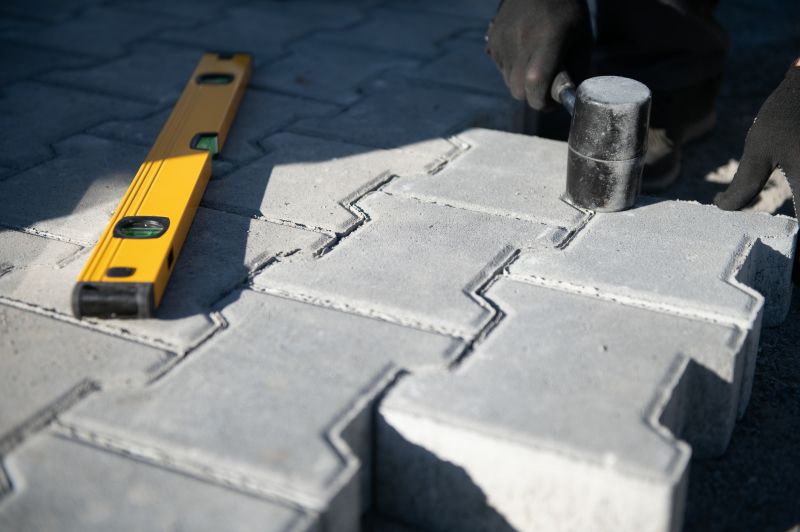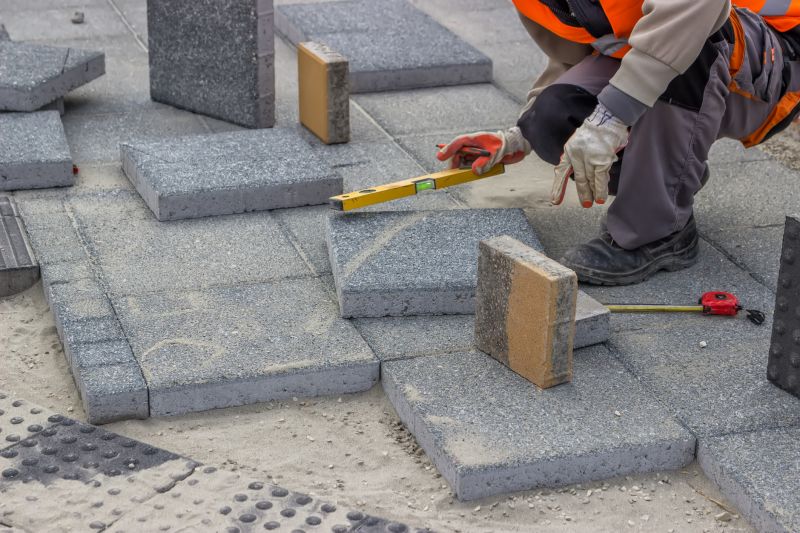Optimal Timing for Paver Leveling
Paver levelings are essential for maintaining a stable and even surface, preventing tripping hazards, and extending the lifespan of paved areas. The timing of paver levelings depends on various factors including weather conditions, usage patterns, and existing pavement condition. Proper timing ensures optimal results and durability of the paving surface.
Spring and fall are typically the best seasons for paver levelings due to moderate temperatures and lower precipitation levels.
Avoid scheduling levelings during extreme cold or heat, as temperature fluctuations can affect the stability of the materials used.
High traffic periods should be avoided to allow proper settling and curing of the leveling materials.
Leveling should be performed when pavers show signs of unevenness or shifting, often after heavy weather events or ground movement.

Technicians assess and adjust paver heights to ensure even surfaces.

Specialized tools and machinery facilitate precise leveling and stabilization.

Visual comparison shows the improvement in surface evenness after leveling.

Ways to make Paver Levelings work in tight or awkward layouts.

Popular materials for Paver Levelings and why they hold up over time.

Simple add-ons that improve Paver Levelings without blowing the budget.
| Factor | Consideration |
|---|---|
| Season | Spring and fall are optimal; avoid winter and peak summer heat. |
| Weather | Perform during dry periods to ensure proper curing. |
| Usage | Schedule during low-traffic times for better results. |
| Existing Condition | Level when pavers are uneven or shifted. |
| Maintenance Schedule | Every 3-5 years based on wear and tear. |
| Ground Stability | Ensure ground is stable and dry before leveling. |
| Temperature | Avoid extreme cold or heat during application. |
| Post-Weather Events | Level after heavy rain, frost, or ground movement. |

Proper timing prevents future shifting and unevenness.

Scheduling in appropriate seasons enhances longevity.

Weather conditions directly influence leveling effectiveness.

Visible unevenness indicates the need for leveling.
Paver levelings are a crucial aspect of maintaining paved surfaces, ensuring safety, functionality, and aesthetics. Proper timing, based on seasonal and environmental factors, can significantly influence the durability and effectiveness of the work. Regular assessments and timely interventions help prevent more extensive repairs in the future, saving costs and extending the lifespan of the pavement.
Interested in scheduling paver levelings? Filling out the contact form provides an opportunity to discuss specific needs and receive tailored recommendations for optimal timing and results.



